#wildlife management areas
Text
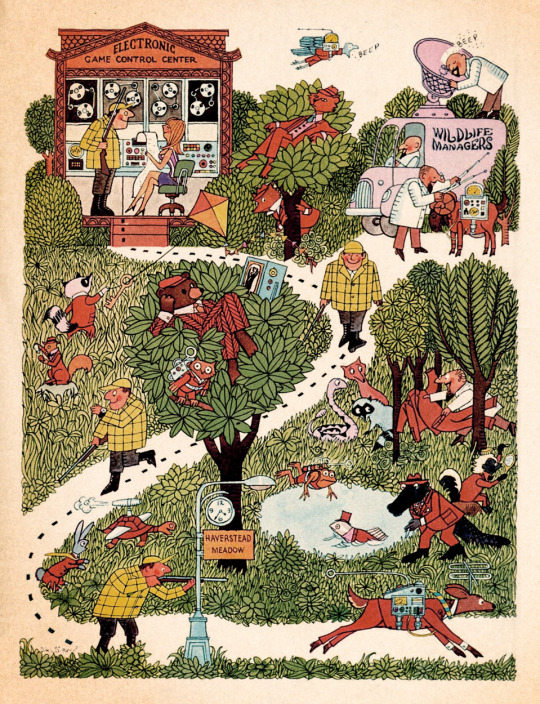
The future of hunting in America.
#hunting#wildlife & fisheries#wildlife management#wildlife management areas#wildlife#hunting & fishing#deer hunting#vintage illustration
1 note
·
View note
Text
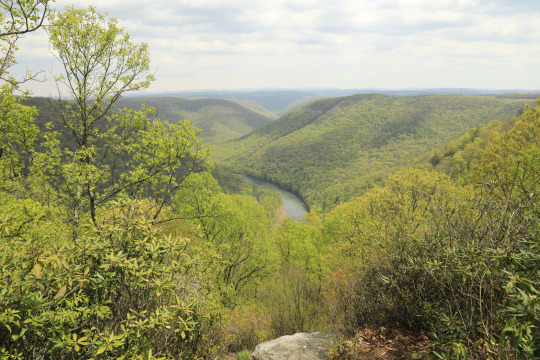
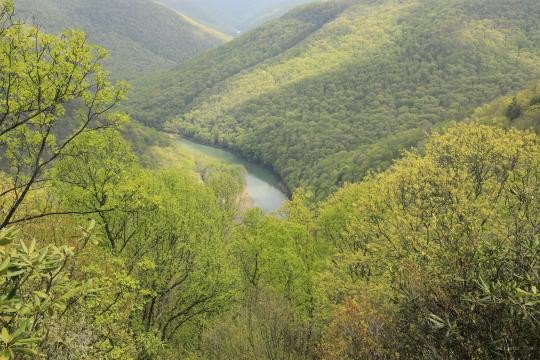
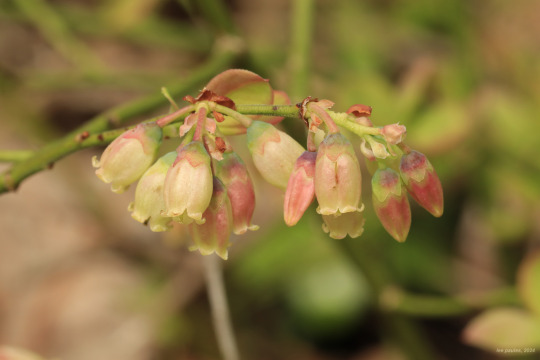

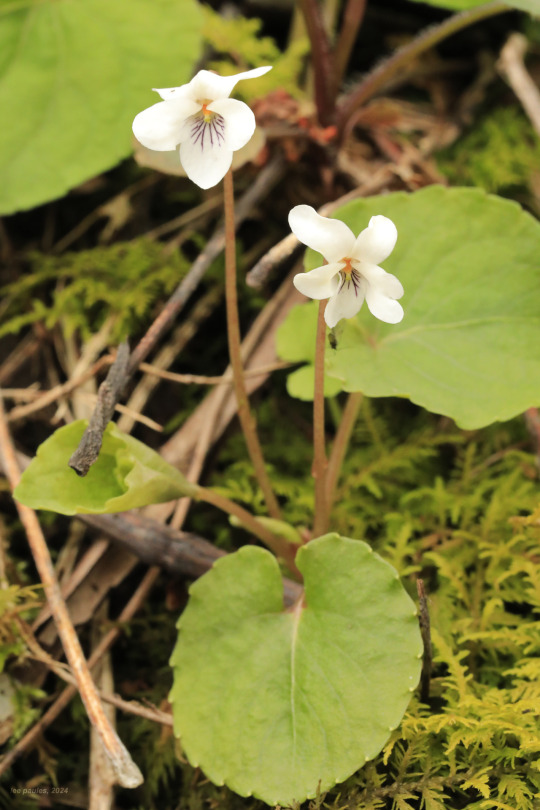
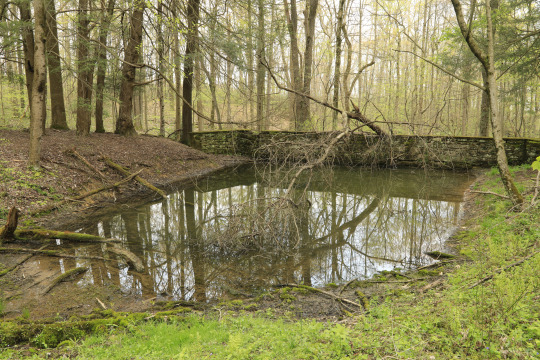
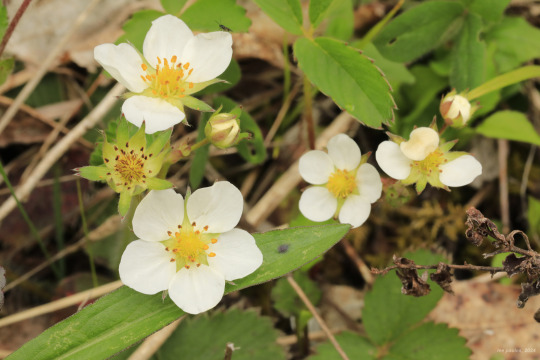
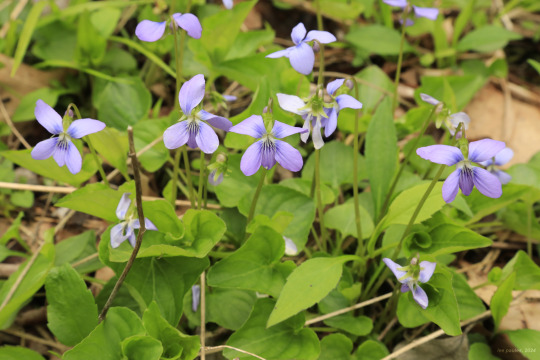
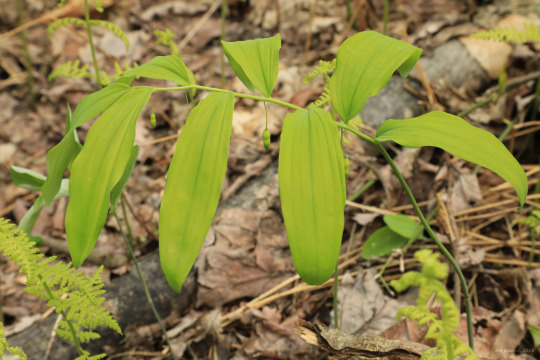

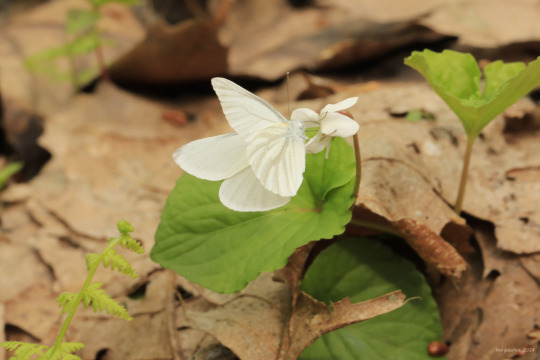

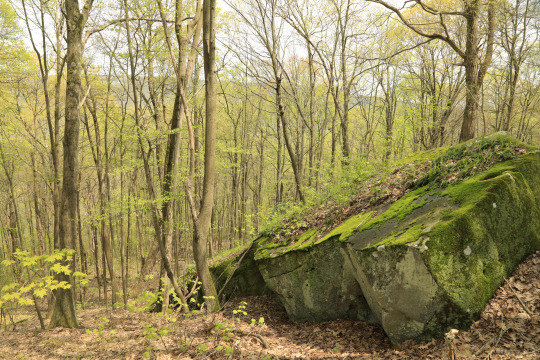
Spring in the Cheat River Canyon.
From top: lowbush blueberry (Vaccinium pallidum); the pendulous green flowers of striped maple (Acer pensylvanicum); sweet white violet (Viola blanda), which loves cool, moist forests; wild strawberry (Fragaria virginiana), which has been hybridized with a South American species to produce commercial strawberries; marsh blue violet (Viola cucullata), an elegant, gregarious violet found growing in seeps and along streambanks; smooth Solomon's seal (Polygonatum biflorum); great white trillium (Trillium grandiflorum); a West Virginia white (Pieris virginiensis) sipping nectar from a sweet white violet; and broadleaf toothwort (Cardamine diphylla), the larval host plant for the West Virginia white.
Note: this hauntingly beautiful butterfly, a flitting ghost in Appalachia's April forests, is in serious decline because it confuses invasive garlic mustard for its host plant, Cardamine. Garlic mustard is toxic to its larvae. Another example of how an invasive species can wreak havoc on the vital lifecycles of our native ecosystems.
#appalachia#vandalia#west virginia#wildflowers#flora#spring#cheat river#cheat river canyon#snake hill wildlife management area#lepidoptera#butterfly#west virginia white#lowbush blueberry#striped maple#sweet white violet#marsh blue violet#smooth solomon's seal#great white trillium#broadleaf toothwort#crinkleroot#two-leaved toothwort
251 notes
·
View notes
Text






Snake Hill Trail
Morgantown, West Virginia
©morningcallsphotography
#snake hill trail#snake hill wildlife management area#morgantown#west virginia#nature#hiking#travel#road trip#trail#trees#east coast#morningcallsphotography
44 notes
·
View notes
Text














The Wyoming Territory was established on July 25, 1868.
#Pilot Butte Wild Horse Scenic Loop#Rock Springs#Navigation by Joshua Wiener#Rawlins#WickBeumee Wildlife Habitat Management Area#Torrington#Lusk#Tree Rock#Sherman Pass#White Mountains#Rocky Mountains#Sherman Mountains#Wyoming Territory#established#25 July 1868#155th anniversary#US history#architecture#cityscape#original photography#vacation#tourist attraction#landmark#landscape#travel#countryside#USA#Wyoming#summer 2019
10 notes
·
View notes
Text

Whistling ducks - Redhead Pond Wildlife Management Area, Corpus Christi, Texas, USA
Joshua J. Cotten
Scientific name: Dendrocygninae
Family: Anatidae
Genus: Dendrocygna; Swainson, 1837
Kingdom: Animalia
Order: Anseriformes
Subfamily: Dendrocygninae; Reichenbach, 1850
The whistling ducks or tree ducks are a subfamily, Dendrocygninae, of the duck, goose and swan family of birds, Anatidae. In other taxonomic schemes, they are considered a separate family, Dendrocygnidae.
Black-bellied whistling ducks are found in areas with a nearby supply of shallow fresh water, like marshes, swamps, lakes and ponds. They are also commonly found in farm fields, prairies and pastures.
They occur in Southern Texas, Louisiana, Arizona, Florida and rarely in other parts of the southern U.S.; also in Mexico, Central America, northern South America and the Caribbean.
#Redhead Pond Wildlife Management Area#Corpus Christi#Texas#USA#TXWildlife#US#United States#United States of America#North America#Whistling Ducks#Ducks#Duck#Birds#Bird#Dendrocygninae#Anatidae#Dendrocygna#Animalia
7 notes
·
View notes
Text


Farmington Bay WMA, Utah
2/12/2023
There weren't any great blue herons nesting when we were here, but it was cool to see this man-made structure that they use during the breeding season! Judging by all the old nests there, the herons seem to like it.
#farmington bay wildlife management area#farmington bay#utah#utah wildlife#great blue heron#my photos#kestrel speaks
5 notes
·
View notes
Text
Killdeer in Falmouth 06/23/24

View On WordPress
2 notes
·
View notes
Text










Wayne E. Kirch Wildlife Management Area, Nevada
The last of the birdwatching, at least for a while. I visited the three smaller reservoirs and stopped a moment at one larger to mark the views and view the birds.
#hiking#nature#landscape#travel#hike#outside#day hike#birds#Nevada#Kirch WMA#birdwatching#lakes#water#clouds#Wayne E Kirch Wildlife Management Area#short hikes#wildlife#blackbird#sparrow#coot#water fowl#heron#great blue heron
3 notes
·
View notes
Text

A 2,000+ acre Slough Wildlife Management Area.
Interesting ecosystem but also very eerie.
6 notes
·
View notes
Note
JGY dealing with SMS/QS would be hilarious though. In canon it was a pile of stress as he dealt with the pressures of society, illuminated by this person who he deeply cared about only for that bond to be twisted in the most horrific manner possible.
Here it's his reliable friend whose nonetheless a tad uptight having a romcom plot with a Maniac Pixie Girl while he looks in bemused in the background as their antics interrupt the daily Game of Thrones scheming.
this does give me the mental image of the Guanyin Temple fiasco involving QS and SMS having the first (and what a time and occasion) Couples Fight while JGY tries to stand at a polite distance and ignore them while still managing the hostage situation. usually i feel like aside from SMS cutting evil research a bit short to hang out with his wife their relationship wouldn't impact JGY that much (aside from possibly giving him the BIGGEST sigh of dodged-the-bullet relief if he still thought QS was cute but eventually learned of their half-siblings status)
however in the realm of SMS/QS and funny shit that people have to deal with, I have to urge you all to consider the angle of Su Minshan's Incredibly Polite Wife. POV you're a sect leader who'd really prefer to follow the Lan's example and cold-shoulder SMS a bit, especially since he's sort of an asshole and maybe made a barely veiled implication that you're a weenie for not supporting the new watchtower program, but what's this? the health bar of SMS' Incredibly Polite (and even more importantly, Well-Born) Wife appears at the bottom of your vision. you've been cornered into a pleasant conversation about the weather. she introduces the idea of making an agreement with the Moling Su to support each other's night hunts. she is making firm eye contact. you try to evade her meeting arrangements and she just suggests another time that might work better for you and insists you give her a chance to show her hospitality. there's no way out. you cannot brush off Su Minshan's Incredibly Polite Wife.
she makes dinner plans with you and then heads off toward Lan Xichen. you swear you see a faint look of panic cross his face. JGY is watching her with what appears to be admiration and makes no move to help his sworn brother. the Moling Su has never had such good relations with its neighbors
#su minshan#qin su#sms resents the amount of people they have to have over at their house but respects qs' area of expertise#in meetings and such#and turns up at them with as little bad grace as he can manage#she doesn't give him a hard time about the nights holed up in a workshop occasionally setting himself on fire or killing the local wildlife#with experimental magic it's a give and take relationship
33 notes
·
View notes
Photo
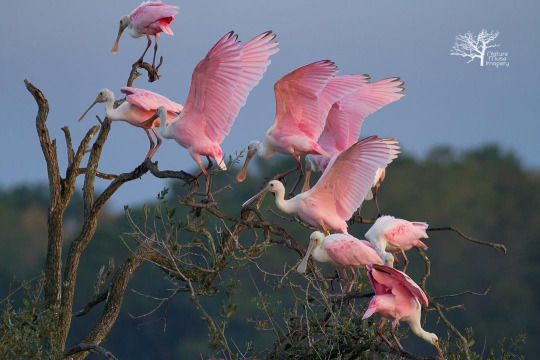
Roseate spoonbills in the ACE Basin. Donnelly Wildlife Management Area. Photo by Kelley Luikey.
11 notes
·
View notes
Text









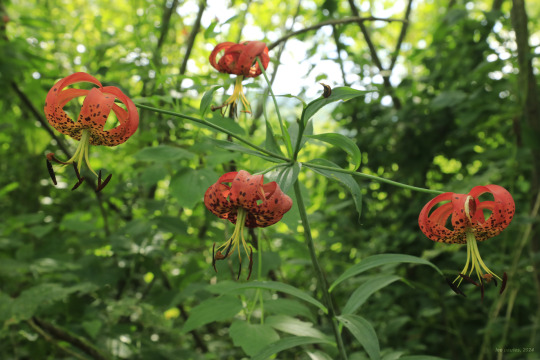










Yet more gifts of Appalachian summer.
I've been on a mission to catalogue as many of Central Appalachia's summer wildflowers and berries as possible for an online project I'm starting up. Above is the haul from yesterday, including the stunning orange-fringed orchid (Platanthera ciliaris), a grand summer orchid of Appalachia's wet seeps and meadows. Downy rattlesnake plantain (Goodyera pubescens), another of our summer-blooming orchids, may not be quite as showy, but its intricately-patterned leaves are quite striking. Turk's-cap lily (Lilium superbum) is also in bloom in our local wet meadows and swamps. It's distinguished from its close cousin Canada lily by more strongly recurved petals and a green, star-like pattern in the center of its flowers. A single Turk's cap lily can produce dozens of flowers from its rangy stems. At home in moist woodland edges and streambanks, summer phlox (Phlox paniculata), sometimes also referred to as fall phlox and garden phlox, produces loads of gorgeous pink or white flowers from mid-July through September. Because this phlox is commonly planted in gardens nowadays, it's hard to know if plants in the wild are true natives or escapees.
#appalachia#vandalia#west virginia#wildflowers#flora#summer#berries#deerberry#black chokeberry#arrowwood viburnum#joe pye weed#summer phlox#fall phlox#garden phlox#turk's-cap lily#hoary skullcap#shrubby st. john's wort#downy rattlesnake plantain#orange-fringed orchid#black eyed susan#spider#arachnid#northern crab spider#fairfax pond-rehe wildlife management area#deckers creek trail#snake hill wildlife management area#cheat river canyon
95 notes
·
View notes
Text

Snake Hill Trail
Morgantown, West Virginia
©morningcallsphotography
#snake hill trail#snake hill wildlife management area#morgantown#west virginia#nature#hiking#travel#road trip#east coast#morningcallsphotography
22 notes
·
View notes
Photo
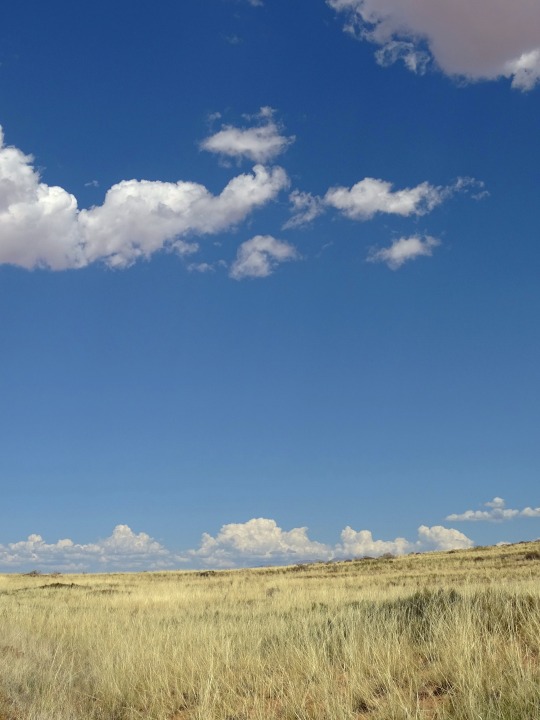
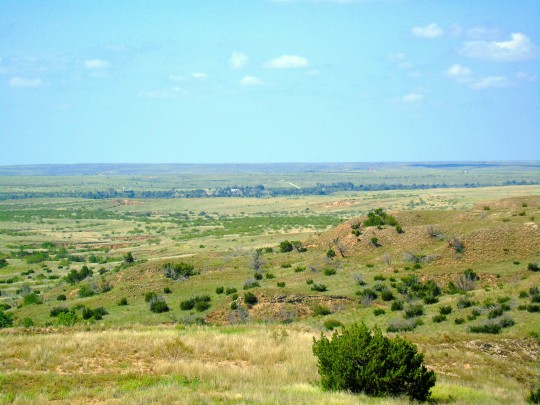
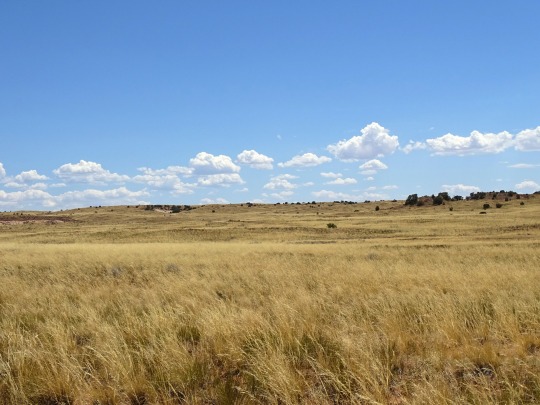

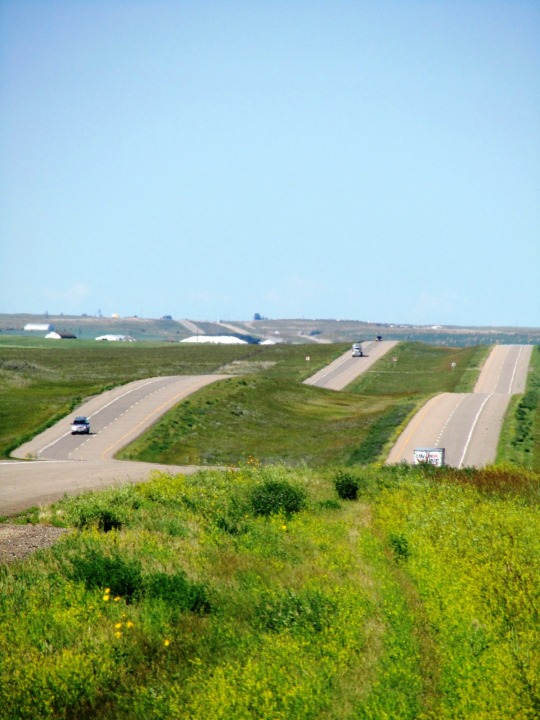
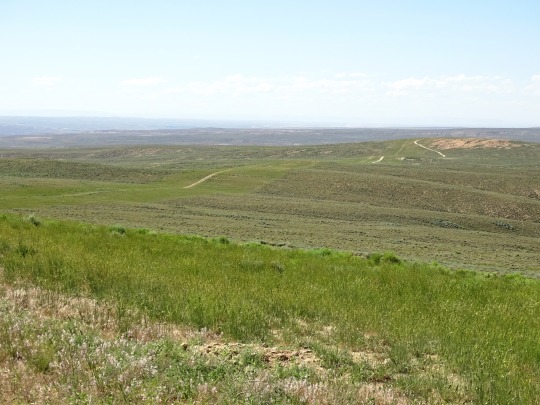
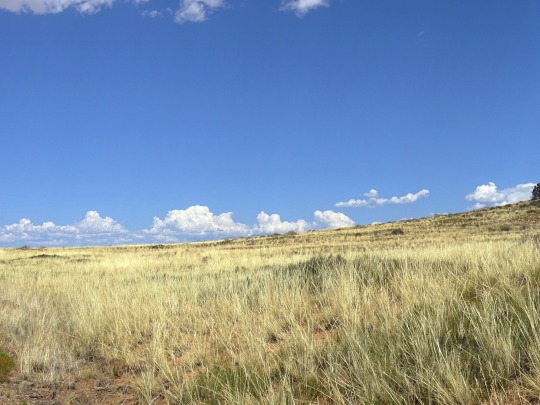

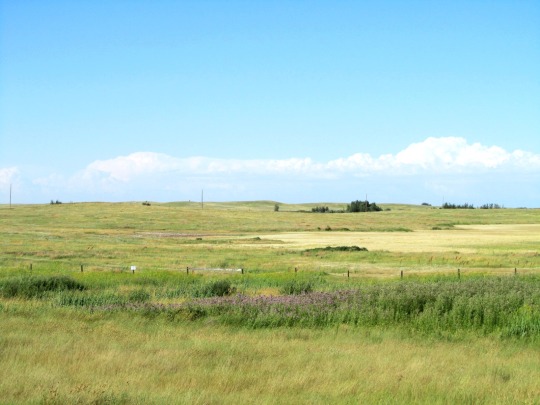
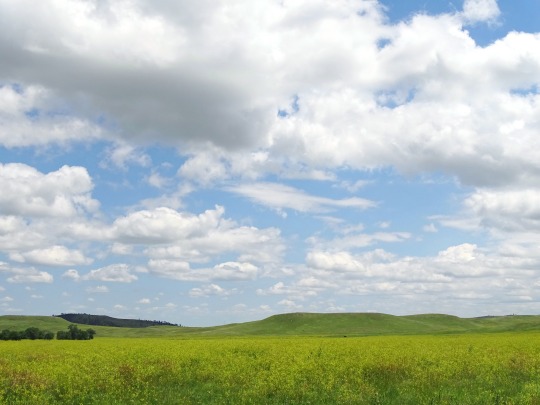
National Prairie Day
National Prairie Day, on June 3 this year, celebrates the beauty and ecological value of this often-overlooked ecosystem. Spanning more than a dozen American states and several Canadian provinces, the North American prairie is a vast grassland that offers more biodiversity and beauty than most people realize. With their endless, gently rolling plains and highly productive soils, prairies have been a valued location for farming and ranching for thousands of years. Today, only 1% of tallgrass prairie in the United States remains untouched by farming or development. National Prairie Day promotes the appreciation and conservation of America’s native prairies.
History of National Prairie Day
The United States is home to a dazzling array of geographies and environments. Some, like the towering redwoods of California or the majestic cascades of Niagara Falls, enjoy worldwide reputations as media darlings and tourist hotspots. Other ecosystems, like the humble prairie that covers much of the interior United States, receive fewer accolades but play crucially important roles in the development of the nation.
Defined as a flat grassland with a temperate climate and derived from the French for ‘meadow,’ ‘prairie’ has become almost synonymous with the expansion of the American frontier. Flanked by the Great Lakes and the grandiose Rocky Mountains, the North American prairie extends across 15% of the continent’s land area. Other examples of similar grasslands around the world include the pampas in Argentina, the Central Asian steppes, and the llanos of Venezuela.
There’s more to the prairie than meets the eye. In fact, tall grass prairies host the most biodiversity in the Midwest and provide a home for dozens of rare species of animals and plants, including bison, antelope, elk, wolves, and bears.
Native prairies face extinction as more and more land is converted to agricultural and ranching use. Due to its rich, fertile soil, prairie land is prized for agricultural use. Around the world, almost three-quarters of agricultural regions are located in grassland areas. With only 1% of tallgrass prairie in the U.S. remaining untouched, the American tallgrass prairie is now one of the most endangered ecosystems on the planet. The Missouri Prairie Foundation launched National Prairie Day in 2016 to raise awareness and appreciation for the nation’s grasslands. The organization seeks to protect and restore native grasslands by promoting responsible stewardship, supporting acquisition initiatives, and providing public education and outreach.
National Prairie Day timeline
6000 B.C. The Prairie Forms
The North American prairie forms roughly 8,000 years ago when receding glaciers give way to fertile sediment.
1800s The American Prairie Decimated
Throughout the 19th century, farmers and ranchers, excited about the rich potential of prairie soil, convert almost all of the American prairie to farmland and grazing land.
Early 1930s The Dust Bowl
The combination of years of mismanagement, the stock market crash, and drought conditions come to a head as thousands of families in Oklahoma, Texas, and other parts of the Midwest lose everything when their farms fail, driving them to California and elsewhere to seek work in more fertile fields.
2016 First National Prairie Day
The Missouri Prairie Foundation launches the National Prairie Day campaign to promote awareness and conservation of the vanishing ecosystem.
National Prairie Day FAQs
Why don't prairies have any trees?
The environment of the prairie, with its flat terrain, regular droughts, and frequent fires, is uniquely suited to grasses that don’t require a lot of rainfall or deep soil to thrive.
Why are prairies important?
The prairie provides an irreplaceable home for hundreds of plant and animal species, as well as exceedingly fertile soil for human agriculture and ranching. Prairie destruction has had catastrophic effects, like the Dust Bowl that decimated American farms in the 1930s. Prairies also contribute to the conservation of groundwater.
Why did the Dust Bowl happen?
The Dust Bowl disaster that swept the U.S. and Canada in the 1930s had several natural and man-made causes, including severe drought and a failure to properly manage farmland and conserve precious topsoil. A series of intense dust storms wiped out agriculture, eroded the soil, and left the land unable to produce crops.
National Prairie Day Activities
Learn about the prairie
Donate to a conservation group
Plan a visit to a famous prairie
Do a little research to learn about this important American ecosystem and the role it has played in the cultural and economic development of our country.
If you're concerned about the loss of the American prairie, donate to a grasslands conservation group to support their work.
Do you live near a prairie? Try finding the grassland nearest you and plan a visit.
5 Interesting Facts About Prairies
‘Prairie schooners’
Dogtown
Where the buffalo roam
Carbon hero
Rising from the ashes
During the 1800s, when Americans embarked on the long journey westward, their covered wagons were often referred to as ‘prairie schooners.’
Prairie dogs live in vast networks of underground burrows called ‘towns,’ which can cover hundreds of acres and house thousands of prairie dogs with complex social relationships.
When Europeans first arrived in North America, up to 60 million bison roamed the plains — by 1885, there were fewer than 600.
Prairies can help fight climate change — one acre of intact prairie can absorb about one ton of carbon each year.
On the prairie, wildfires can actually be a healthy thing — with more than 75% of their biomass underground, prairie plants are uniquely suited to surviving and thriving after a fire.
Why We Love National Prairie Day
The prairie often gets overlooked
Native grasslands are critically endangered
It reminds us of the diversity of America's ecosystems
It's not often we remember to celebrate grasslands, yet the prairie plays an important role in America's cultural past and environmental future.
With only 1% of America's native prairie remaining, it's more urgent than ever to conserve and protect this vital resource.
The United States has more environmental variety than almost any other country on earth. Celebrating each unique ecosystem reminds us to appreciate and protect all the beauty our country has to offer.
Source
#Colorado#South Dakota#Wyoming#Alberta#Saskatchewan#nature#flora#WickBeumee Wildlife Habitat Management Area#Custer State Park#Rock Springs#Pilot Butte Wild Horse Scenic Loop#Trans-Canada Highway#Texas#landscape#countryside#summer 2022#2019#original photography#wildflower#meadow#first Saturday in June#3 June 2023#National Prairie Day#NationalPrairieDay
60 notes
·
View notes
Text



Black-necked stilt, Redhead Pond Wildlife Management Area, Corpus Christi, Texas, USA
Joshua J. Cotten
Scientific name: Himantopus mexicanus
Mass: 6.6 oz (Adult) Encyclopedia of Life
Domain: Eukaryota
Family: Recurvirostridae
Genus: Himantopus
Kingdom: Animalia
Order: Charadriiformes
Black-necked Stilts are found in North America and the Caribbean south to central Argentina.
Black-necked Stilts inhabit shallow wetlands with limited vegetation, including salt ponds and pans, flooded areas along rivers, shallow lagoons, saltmarshes, mangrove swamps, and mudflats.
#Black-necked stilt#Redhead Pond Wildlife Management Area#Corpus Christi#Texas#USA#TXWildlife#Wildlife#US#United States#United States of America#North America#Birds#Black Necked Stilt
2 notes
·
View notes
Photo


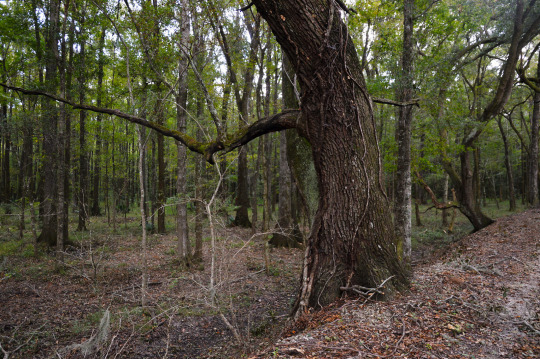
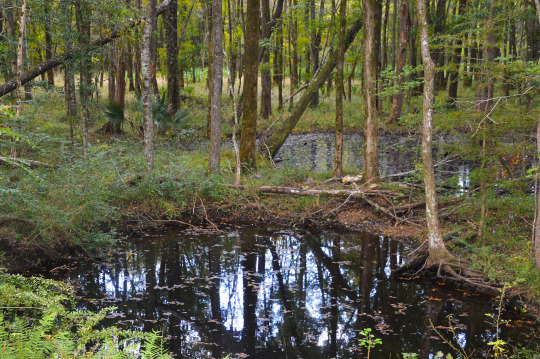

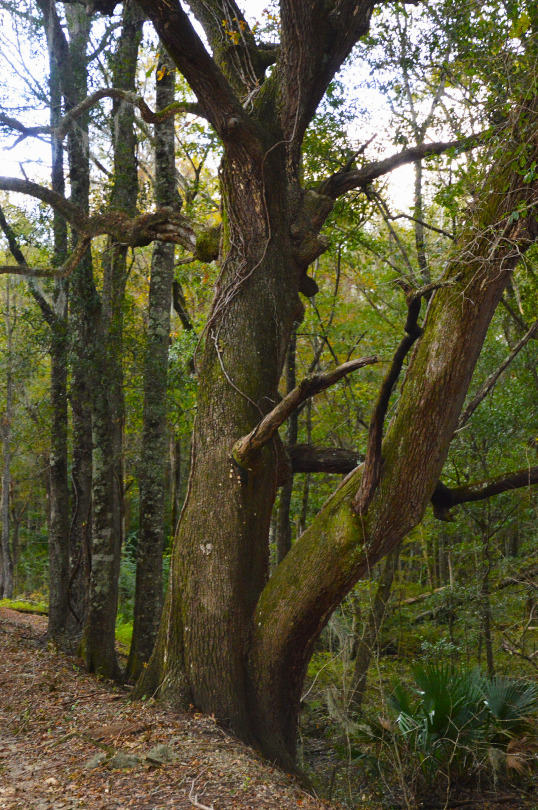
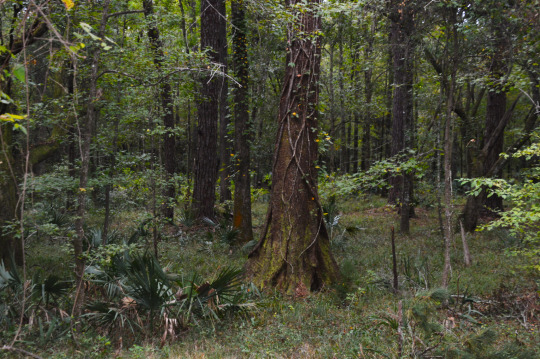

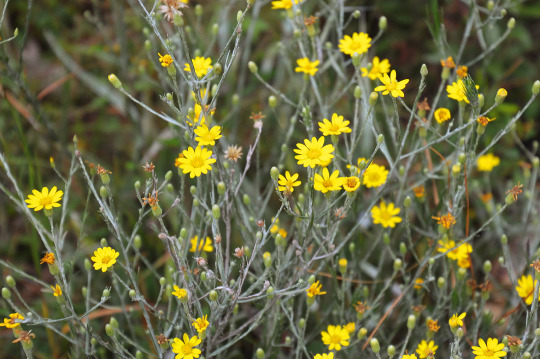
Bonneau Ferry Wildlife Management Area.
Cordesville, SC. October 2022. Photos by M. Lucero.
#bonneau ferry wildlife management area#bonneau ferry#cordesville#sc#south carolina#lowcountry#southern#forest#swamp#longleaf pine#southern gothic#photo#photography#photography on tumblr#photographers on tumblr#original photography#2022
7 notes
·
View notes